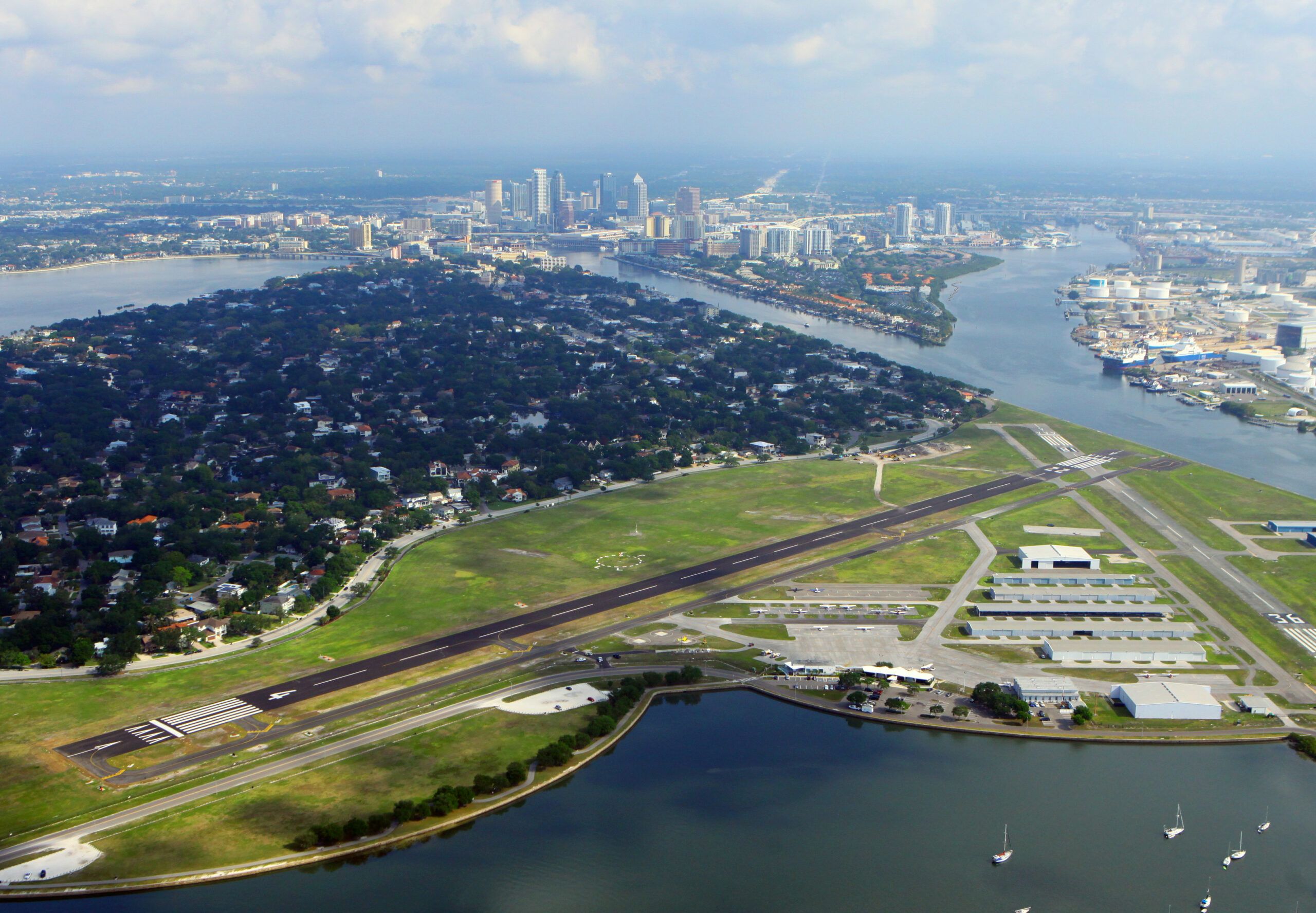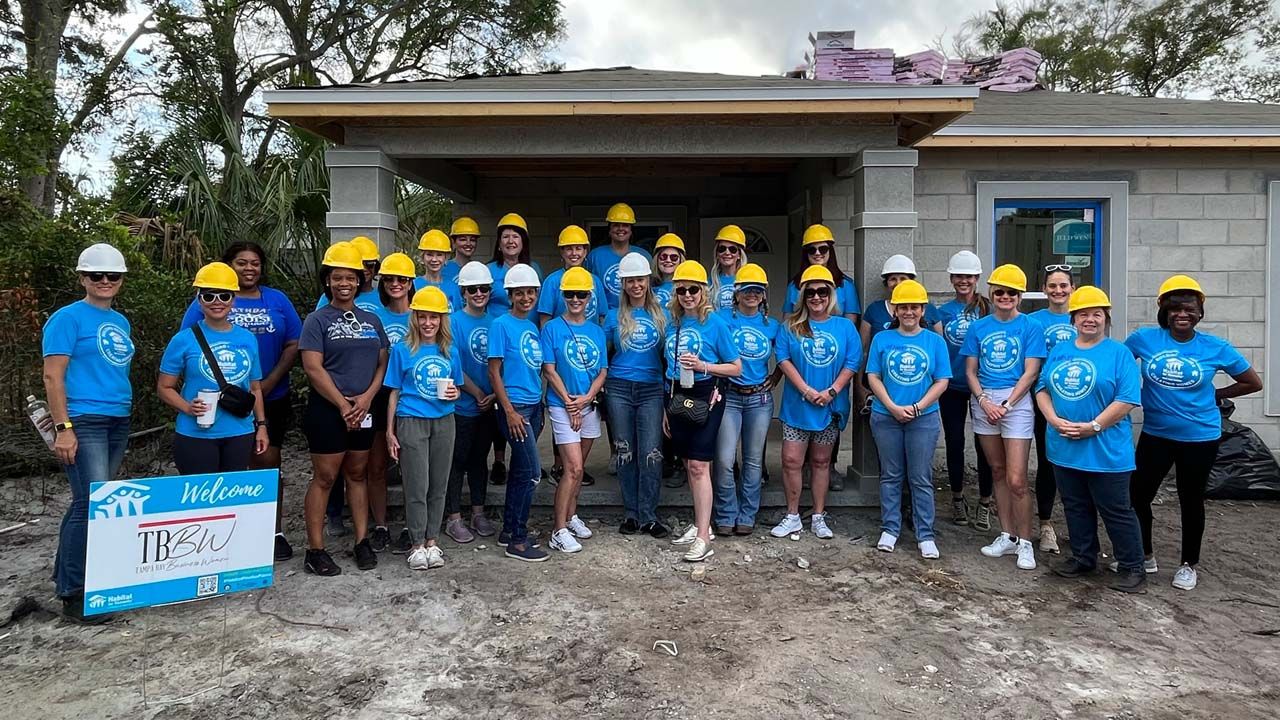The travel industry took a hit in 2020 while stay-at-home orders and travel restrictions meant people were not going anywhere, or at least, not going as far as often.
“This year has been a year like no other, but we have since rebounded,” says Brett Fay, Director of General Aviation at the Hillsborough County Aviation Authority. “The industry, as a whole, is expected to fully recover by summer of 2021.”
The silver lining, in the aviation industry, was the continued growth, and demand, for private plane travel and general aviation airports. There are more than 5,000 general aviation airports across the country that accommodate privately owned aircraft and corporate jets and host a variety of aeronautical activities such as flight training, air ambulance services, cargo and aerial survey.
While significant general aviation activity happens at Tampa International Airport, Hillsborough County is also home to three general aviation airports run by the Aviation Authority — Tampa Executive Airport near the Florida Fairgrounds, Plant City Airport and Peter O. Knight Airport on Davis Islands.
In 2020, the three general aviation airports in Hillsborough County produced an economic impact of $300 million.
“These airports mean jobs in the community and often high wage jobs,” Fay says.
Atlas Aviation – the fixed-base operator that oversees aircraft services at Plant City and Peter O. Knight airports, including their flight training schools, rentals and retail spaces – temporarily closed the airport lobbies and the flight training programs at the start of the pandemic.
“It was weird for us to do,” says Deric Dymerski, president of Atlas Aviation. “We feel strongly about connecting with the community and our customers.”
While some services were limited, private charters and corporate jets still needed to get in and out of Tampa.
When the airports resumed full operations, and services, the demand was still there, if not higher.
“We went gangbusters,” Dymerski says.
The upper end of the business, like charters and shared-owner airplanes, had been building steadily before the pandemic. While it slowed for a few months in 2020, there are portions of the general aviation industry that are now busier than ever.
In six months, there’s been more activity and interest in development on airport property than in the previous three years combined, Fay says.
“COVID has accelerated the demand that was already in place,” Fay says.
Sheltair, which provides fixed-base operations at Tampa International, has added 100,000 square feet of new office and hangar space with an additional 100,000 currently under construction.
More space is needed at all of the general aviation airports in Hillsborough County.
“Having demand you can’t meet is a business problem,” Dymerski says.
As people looked into, and perhaps even tried, flying private this past year, more people realized that it’s a convenient option that continues to increase demand on these airports for additional services and facilities.
“Only 10 percent of people that can afford to fly private actually do,” Fay says.
Super Bowl was a great example of how big the industry is. There were about 180 corporate jets at Tampa International Airport on the ground at kickoff, Fay says.
As an economic driver, the growth of general aviation activity says a lot about the potential of the Tampa Bay area.
“Having these airports is critical for growth [in our region],” Fay says.♦













